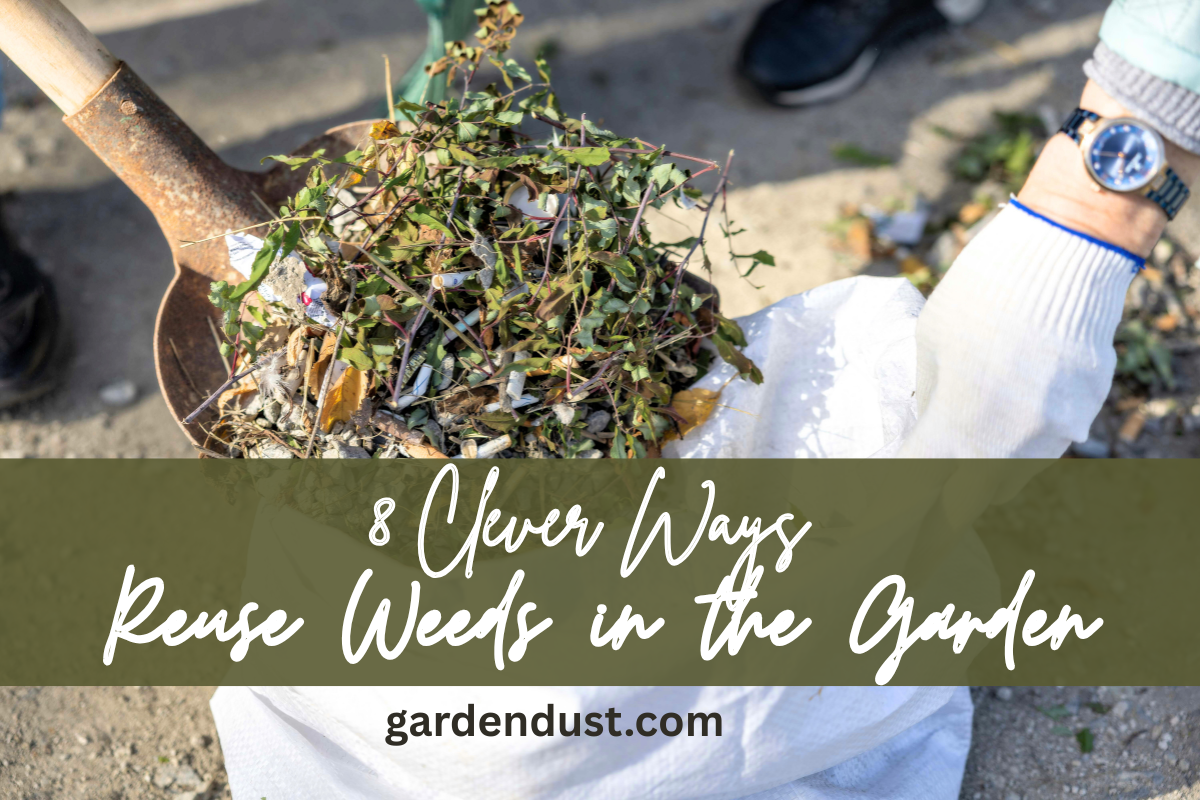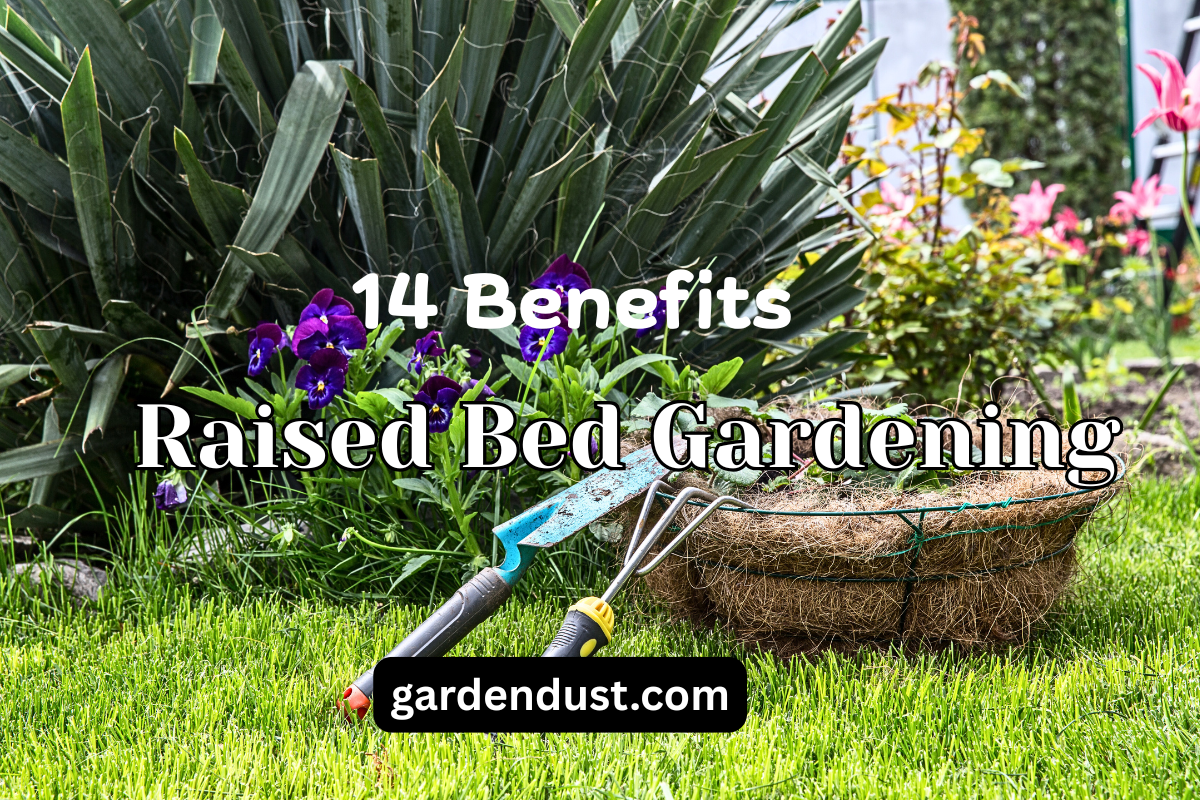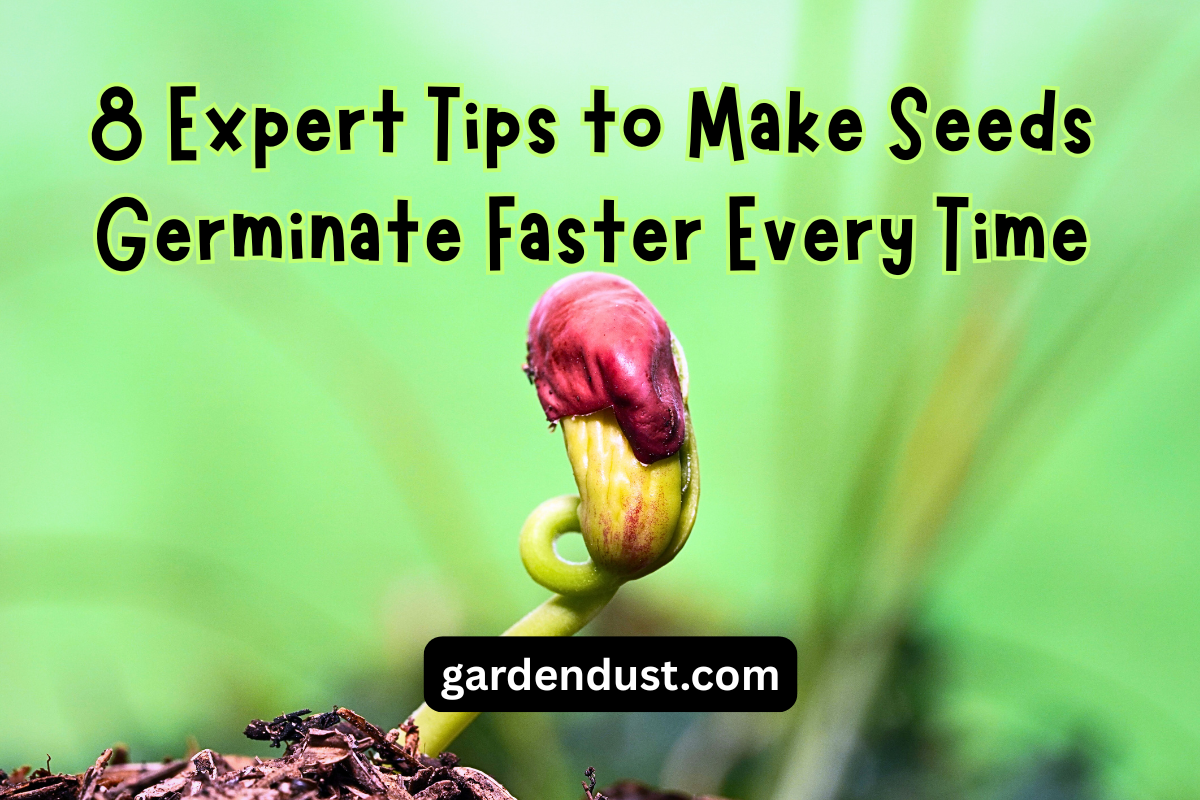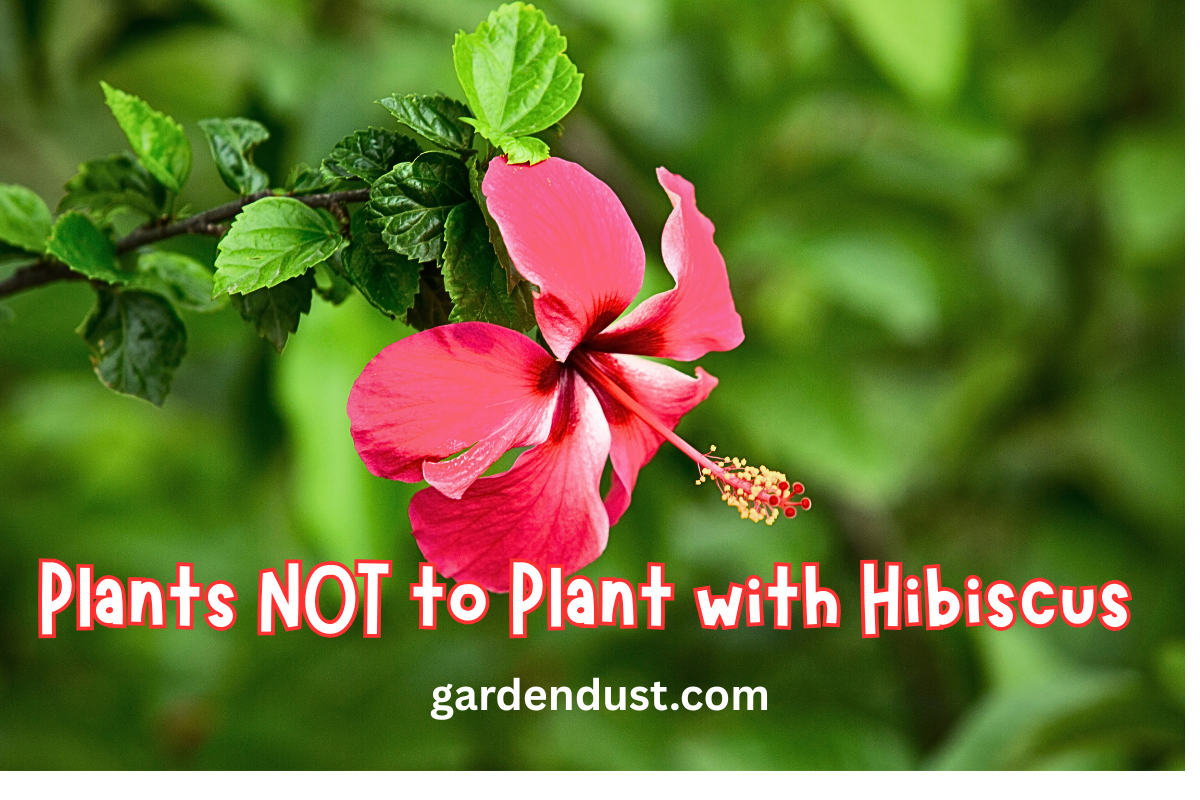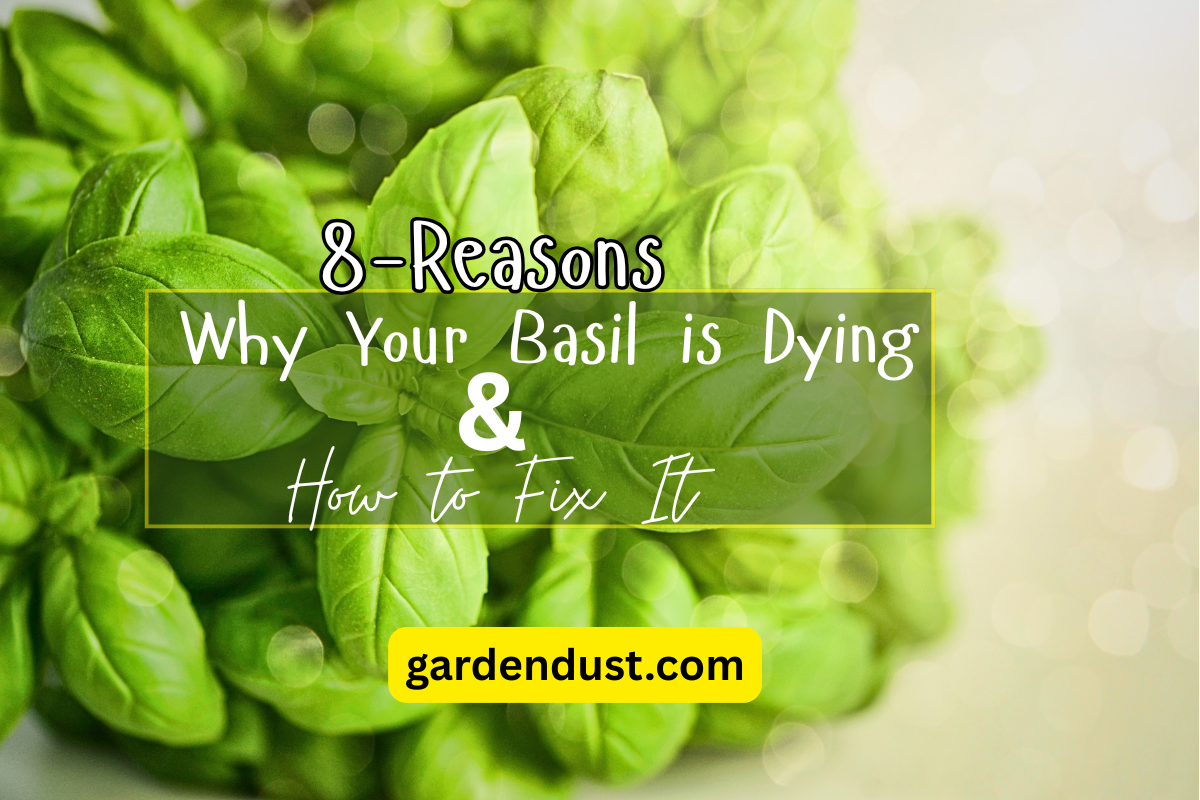Hibiscus plants, known for their stunning, vibrant blooms and tropical appeal, are a favorite among gardeners seeking a splash of color in their landscapes. While these plants can coexist harmoniously with many species, certain plants should be avoided when planning a companion garden with hibiscus. Understanding the reasons behind these incompatibilities can help ensure your hibiscus thrives and remains healthy. Here are some plants details which you can avoid to make them companion with Hibiscus. before we start lets see the Botanical Profile of Hibiscus .
🌺 Hibiscus – Botanical Profile
Botanical Name-Hibiscus rosa-sinensis
Common Name-Hibiscus, Chinese Hibiscus, Tropical Hibiscus, Shoeblackplant
Family-Malvaceae
Genus– Hibiscus
Native -Tropical and subtropical Asia, especially China and India
Plant Type-Flowering evergreen shrub
Plant Size-4 to 10 feet (1.2 to 3 meters) tall and wide
Flowers-
Color-Red, pink, yellow, orange, white, and multicolored varieties
Size-Large, trumpet-shaped; 4–8 inches (10–20 cm) across
Bloom Time-Year-round in warm climates; spring to fall in cooler regions
Features -Showy, five-petaled flowers with prominent stamens; attracts pollinators like bees and butterflies
Plants NOT to Plant with Hibiscus–
1. Allelopathic Plants: Chemical Warfare in the Garden
One of the most significant reasons to avoid certain plants near hibiscus is allelopathy. This is a biological phenomenon where a plant releases chemicals into the soil that can inhibit the growth of nearby plants. While this can be a defensive strategy, it’s problematic for neighbors like hibiscus, which are particularly sensitive to such interactions.
- Black Walnut (Juglans nigra)-Perhaps the most notorious allelopathic tree, the black walnut secretes a substance called juglone. This chemical is highly toxic to many plant species, including hibiscus. Juglone is found in all parts of the tree—roots, leaves, bark, and nuts—and can persist in the soil for years.
- English Walnut (Juglans regia)-While slightly less potent than the black walnut, the English walnut also produces juglone. The effect might be milder, but over time, it can still stunt the growth of hibiscus and other sensitive plants.
- Eucalyptus-This tree releases oils and other compounds that suppress the growth of nearby plants. Additionally, its high water and nutrient uptake can deprive surrounding flora of essential resources.
2. Heavy Feeders: Nutrient Hogs in the Garden
Hibiscus plants are heavy feeders themselves, requiring nutrient-rich soil to support their abundant blooms. Pairing them with other nutrient-demanding plants can lead to competition that weakens both plants.
- Tomatoes (Solanum lycopersicum)-Tomatoes are extremely nutrient-hungry and can quickly deplete soil fertility. If grown near hibiscus, they can rob the soil of essential nutrients like nitrogen, phosphorus, and potassium, leading to poor hibiscus growth.
- Corn (Zea mays)-Corn is another plant that draws a significant amount of nutrients from the soil. Its extensive root system also competes with hibiscus roots, making it an unsuitable neighbor.
- Brassicas (Cabbage, Broccoli, Cauliflower)-These vegetables are notorious for depleting soil nutrients quickly. They can also change the pH of the soil slightly, which might not be favorable for hibiscus.
3. Incompatible Water Needs: The Moisture Misfit Problem
Hibiscus thrives in well-drained soil with consistent moisture. Plants that require significantly less water or are drought-tolerant can create imbalances in the watering schedule, leading to root rot or stress.
- Cacti and Succulents-These plants prefer arid conditions and are highly drought-tolerant. Hibiscus, on the other hand, needs regular watering. Pairing the two in the same garden bed can lead to overwatering the succulents or underwatering the hibiscus.
- Lavender (Lavandula spp.)-Lavender prefers dry, sandy soil and infrequent watering, which is directly at odds with the needs of hibiscus. In addition, lavender prefers alkaline soil, while hibiscus does best in slightly acidic to neutral soil.
- Sage (Salvia officinalis)-Much like lavender, sage thrives in drier, well-drained soil and doesn’t need frequent watering. These differing moisture requirements make it difficult to co-cultivate with hibiscus.
4. Sunlight and Shade Issues:
Light Competition Hibiscus plants love the sun. They need at least six hours of direct sunlight per day to bloom well. Plants that overshadow or compete for light can hinder hibiscus development.
- Large Shrubs and Trees (Maple, Oak, Pine)-These trees create dense canopies that block sunlight from reaching your hibiscus. They also compete for water and nutrients through their extensive root systems.
- Sunflowers (Helianthus annuus)-Though beautiful, sunflowers can grow tall and create shade, which can limit the light exposure for nearby hibiscus plants. Moreover, sunflowers also have mild allelopathic properties that may impact the growth of other plants.
5. Pest and Disease Magnets: Unwanted Insect
Some plants are particularly attractive to pests and diseases that also affect hibiscus. Planting them nearby increases the risk of infestations or infections.
- Roses (Rosa spp.)-Roses and hibiscus share many common pests like aphids, whiteflies, and spider mites. Planting them together creates a magnet for these pests, which can quickly overwhelm both plants.
- Petunias (Petunia spp.)-Though beautiful, petunias attract aphids and whiteflies, both of which are harmful to hibiscus. They can also harbor fungal diseases like powdery mildew.
- Beans and Legumes-These plants can attract aphids and spider mites, and their sprawling nature can make it hard to manage infestations effectively.
6. Aggressive or Invasive Plants: The Garden Bullies
Some plants are simply too aggressive in their growth habits, crowding out more delicate species like hibiscus. Their rampant spread can lead to resource competition and physical space limitations.
- Mint (Mentha spp.)-Mint is an infamous spreader. Its roots grow aggressively and can quickly overrun a garden bed. Once established, it can choke out hibiscus by monopolizing space and nutrients.
- Bamboo-While visually striking, bamboo is another highly invasive species. It spreads rapidly through underground rhizomes and is extremely difficult to remove once established. Its root system can easily interfere with hibiscus roots.
- Morning Glory (Ipomoea spp.)-Although charming, this vine can quickly take over and smother nearby plants. If it climbs over hibiscus, it can block sunlight and reduce air circulation, leading to fungal issues.
7. Different Soil pH Preferences
Soil pH can dramatically affect nutrient availability. Hibiscus prefers slightly acidic to neutral soil (pH 6.0-7.0). Pairing it with plants that thrive in more alkaline or very acidic conditions can lead to nutrient lockout.
- Azaleas and Rhododendrons-These acid-loving plants prefer pH levels between 4.5 and 6.0. Though this isn’t drastically different, the overlap can lead to inconsistencies in nutrient uptake, especially if you try to cater to both.
- Clematis-This flowering vine prefers more alkaline soil, which conflicts with hibiscus needs. Adjusting soil pH to suit clematis can inhibit hibiscus growth.
8. Climbers and Vines: The Space Invaders
Vines can be visually appealing but often grow quickly and engulf neighboring plants, including hibiscus.
- Wisteria-A vigorous grower, wisteria can overwhelm hibiscus, stealing light and crowding it out. Its heavy vines can physically damage the branches of nearby shrubs.
- Ivy (Hedera spp.)-Ivy spreads both above and below ground. It climbs over plants, reducing light and airflow. It can also harbor pests and diseases.
Alternatives and Safe Companions for Hibiscus
While this article focuses on what not to plant, it’s useful to briefly highlight what can be grown near hibiscus. Safe companions include-
- Daylilies
- Marigolds
- Coneflowers
- Hostas (in partially shaded gardens)
- Ornamental grasses
These plants share similar growing requirements or are neutral in their interactions with hibiscus.
When planning a garden featuring hibiscus, understanding what plants to avoid is just as important as knowing which to include. Plants that compete for nutrients, water, and sunlight, or those that attract pests and diseases, should be kept at a distance. Similarly, allelopathic species and aggressive growers can cause long-term damage to your hibiscus. Happy Gardening…


